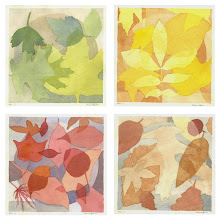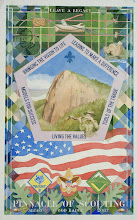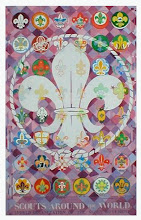Be prepared was a phrase frequently used by scouting’s founder. It sums up his motivation for starting the scouting program after his return from military service. Baden-Powell was alarmed that British youth were not adequately prepared for service to the nation. That day’s youth had a diminishing understanding of the outdoors and the skills required to live in it.
The phrase must have had a special place for BP as it shared initials with his own name. He described this phrase in his book “Scouting for Boys”. He stated that “Be Prepared” means you are always in a state of readiness in mind and body to do your duty:
- Be Prepared in Mind by having disciplined yourself to be obedient to every order, and also by having thought out beforehand any accident or situation that might occur, so that you know the right thing to do at the right moment, and are willing to do it.
- Be Prepared in Body by making yourself strong and active and able to do the right thing at the right moment, and do it.
Preparation is seasoned by experience – whether it comes through success or failure. Experience teaches us what not to do as much as what will work. If you combine preparation and experience, the result is confidence.
Scouting is designed to work exactly this way. With the guidance of adult leaders, the program teaches young people how to plan and carry out their own activities. Some plans will come together as designed. Others will not turn out so well. By overcoming challenges, scouts learn how to improvise and adapt to change. With time, they will grow in confidence and take on bigger challenges.
As Wood Badge staffers, our vision pictures a successful course built on important ideas, presented simply and effectively. We will shortly be prepared to deliver the course as designed, but be ready to adapt to changes. Hopefully, our preparation will be apparent.






